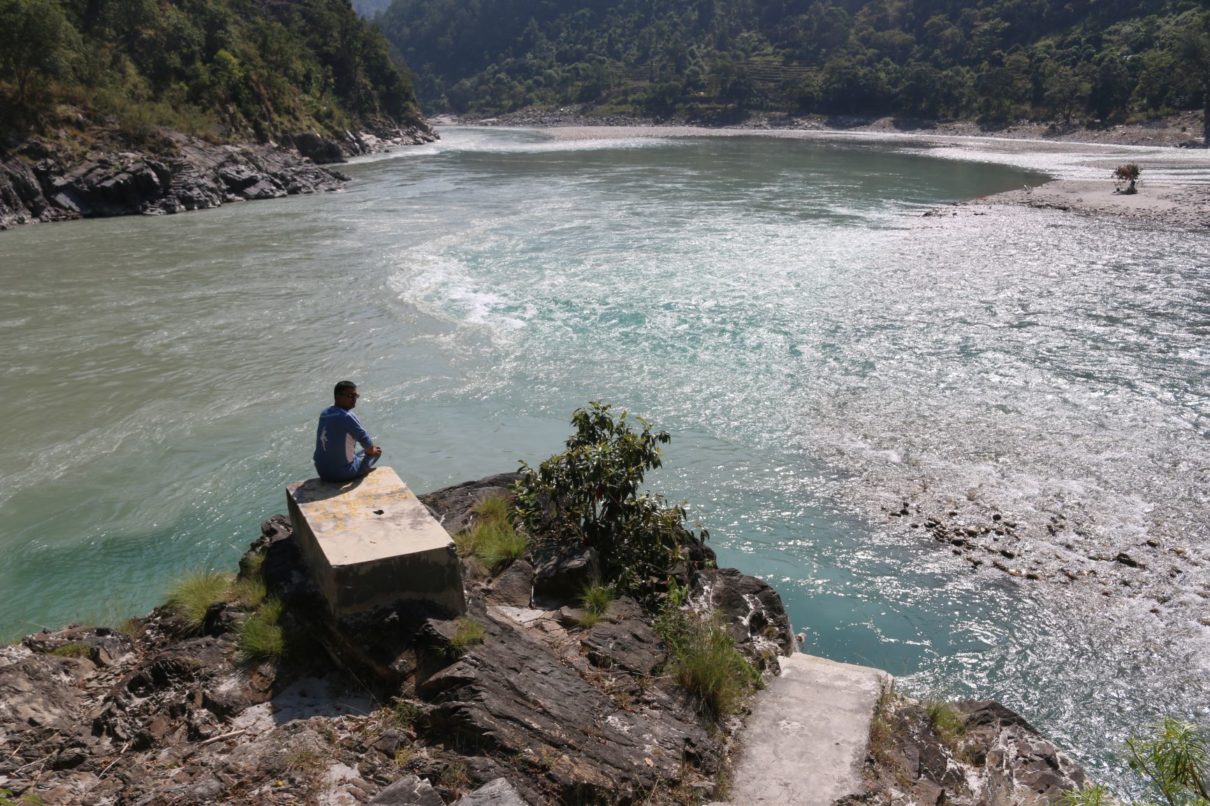 Epidemiologists and public health experts say the relevant government health agencies should take immediate steps to contain the infection before the situation takes a turn for the worse.
Epidemiologists and public health experts say the relevant government health agencies should take immediate steps to contain the infection before the situation takes a turn for the worse.

Hospitals and health facilities across the country have been reporting a rise in daily dengue cases. At Kathmandu’s Sukraraj Tropical and Infectious Disease Hospital, most hospital visits and admittance are concerning dengue these days.
 Dr Manisha Rawal, the hospital director, says nearly 2,800 people have tested positive for dengue since mid-July and 240 people needed to be admitted. “We are receiving 150 to 200 patients daily,” says Rawal. “Ten or so cases are serious and the patients need hospital stay.”
Dr Manisha Rawal, the hospital director, says nearly 2,800 people have tested positive for dengue since mid-July and 240 people needed to be admitted. “We are receiving 150 to 200 patients daily,” says Rawal. “Ten or so cases are serious and the patients need hospital stay.”
 She says since dengue has no cure or standard treatment, it should be considered a dangerous disease. She says dengue patients present a wide range of symptoms from mild to severe. The only thing hospitals and health facilities can do for severely ill patients is administer them medicines to relieve their symptoms.
She says since dengue has no cure or standard treatment, it should be considered a dangerous disease. She says dengue patients present a wide range of symptoms from mild to severe. The only thing hospitals and health facilities can do for severely ill patients is administer them medicines to relieve their symptoms.
 The first case of dengue in Nepal was reported in 2004. The infection has been reported regularly since. In 2010, over 900 dengue cases and five deaths were reported, in what was Nepal’s first dengue epidemic. Dengue was classified as an epidemic in 2016, 2017, 2018 and 2019 as well, with the disease stalking more than 60 districts.
The first case of dengue in Nepal was reported in 2004. The infection has been reported regularly since. In 2010, over 900 dengue cases and five deaths were reported, in what was Nepal’s first dengue epidemic. Dengue was classified as an epidemic in 2016, 2017, 2018 and 2019 as well, with the disease stalking more than 60 districts.
 A disease historically endemic to the region with hot climate, dengue is now being reported in hill areas, including Kathmandu. Dr Baburam Marasini, former director at Epidemiology and Disease Control Division, told ApEx in a recent interview that climate change had contributed to the spread of the mosquito-borne diseases like malaria and dengue in the hill and mountain regions of Nepal.
A disease historically endemic to the region with hot climate, dengue is now being reported in hill areas, including Kathmandu. Dr Baburam Marasini, former director at Epidemiology and Disease Control Division, told ApEx in a recent interview that climate change had contributed to the spread of the mosquito-borne diseases like malaria and dengue in the hill and mountain regions of Nepal.
 Dr Rawal suggests as dengue cases are rising, the members of public should take necessary precaution, like wearing full-sleeves, using mosquito nets and repellents at home and covering the areas containing stagnant water, where dengue-carrying mosquitoes (Aedes aegypti) are known to breed.
Dr Rawal suggests as dengue cases are rising, the members of public should take necessary precaution, like wearing full-sleeves, using mosquito nets and repellents at home and covering the areas containing stagnant water, where dengue-carrying mosquitoes (Aedes aegypti) are known to breed.













